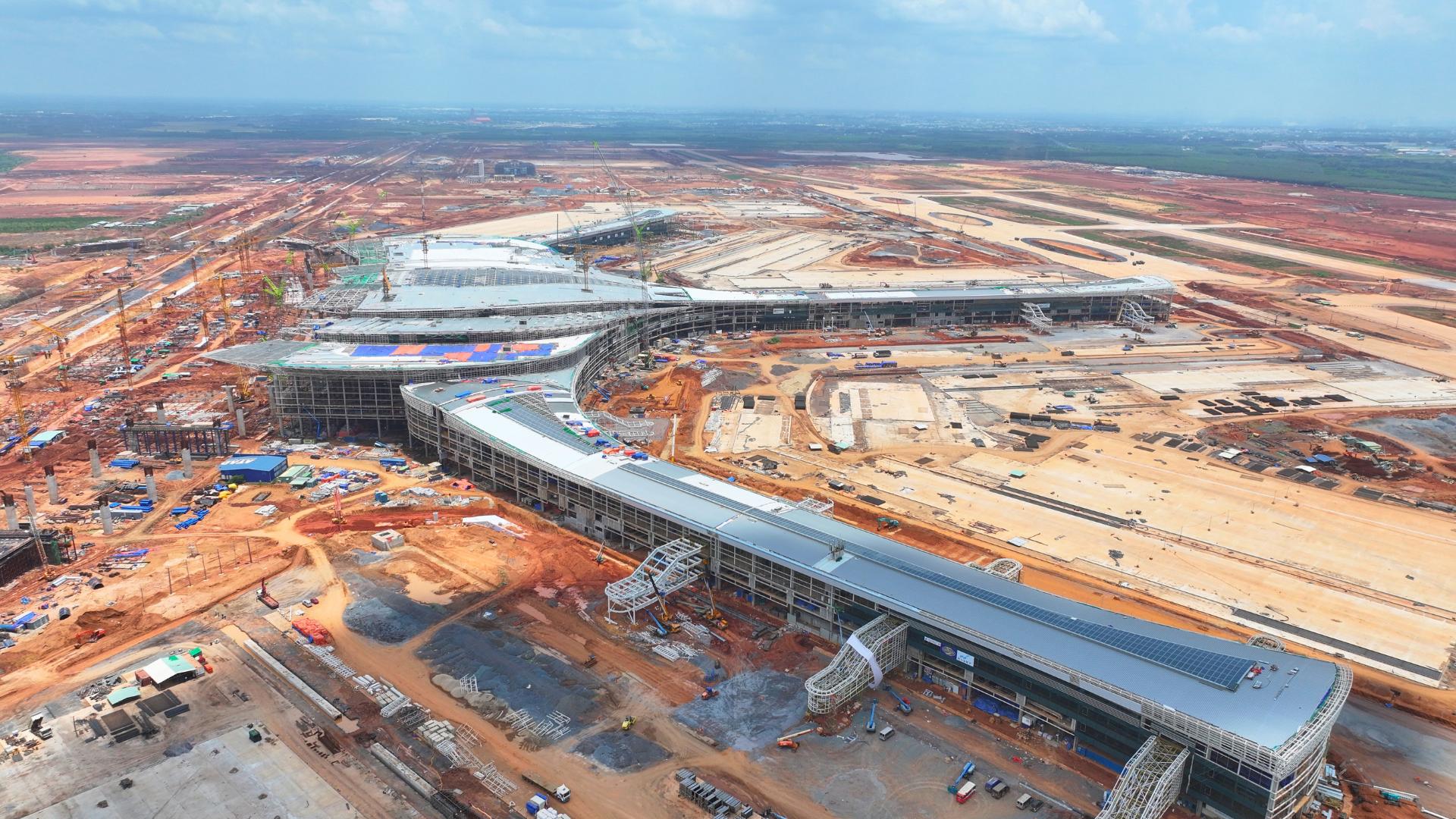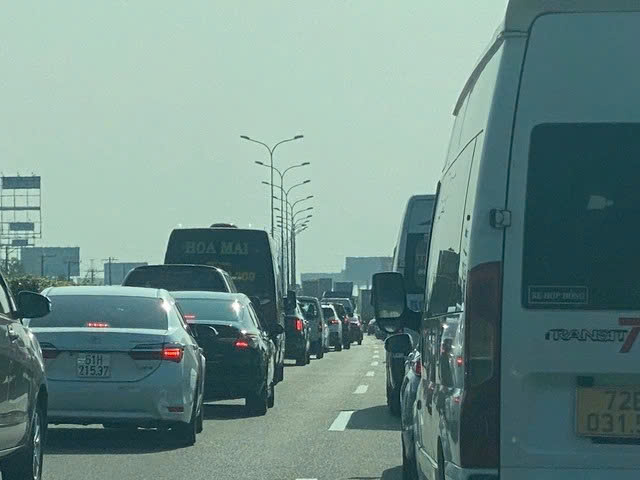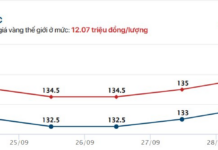Concerns Over Moving International Flights to Long Thanh Airport
A recent proposal by the Vietnam Airports Corporation (ACV) and consultants suggests moving all regular international flights from Tan Son Nhat Airport to Long Thanh Airport, despite concerns over inadequate connecting infrastructure.
Worries About the Relocation of International Flights to Long Thanh
The key to the success of this critical national aviation project lies in its transportation connections. With a significant number of international and domestic flights expected to be transferred from Tan Son Nhat to Long Thanh during the first phase of its operation, efficient passenger, cargo, and logistics movement will be crucial.
Delays and a lack of synchronization in the connecting infrastructure will diminish the investment’s effectiveness and impact passengers’ experiences from the outset.
The challenge goes beyond expanding a few roads. The 40-kilometer distance from Ho Chi Minh City’s center to Long Thanh is already a hurdle, and the current roads are in a dire state. The Ho Chi Minh City-Long Thanh-Dau Giay highway has been plagued by severe congestion for years, even without the additional traffic from the new airport. National Highway 51 is congested and in disrepair.

Construction underway at Long Thanh Airport
This situation will leave passengers largely dependent on private cars and taxis, leading to inevitable congestion during peak flight hours. The repercussions of this delay will affect more than just passengers; logistics, import-export, tourism, and ancillary service businesses will also bear additional costs and risks associated with timely deliveries.
Losing Competitive Advantage
In the aviation industry, time is not just money but also trust. A new airport that takes 2-3 hours to reach from the city center will be at a competitive disadvantage compared to Bangkok, Kuala Lumpur, or Singapore.
In those cities, passengers can travel to and from the airport in 30-45 minutes via efficient train systems. Most importantly, there is reliability in terms of time.
The impact extends further to the regional economic development strategy. Long Thanh Airport will serve not just Ho Chi Minh City but also the entire Southeast, Central Highlands, Mekong Delta, and many provinces along the south-central coast. If inter-regional infrastructure is not upgraded, the economic growth potential of this entire region will be hindered.
More worryingly, this situation reflects an inherent weakness in Vietnam’s national infrastructure planning. Critical projects are often implemented with the main construction taking precedence over connectivity. While this approach may save time at the beginning, it creates a strategic void that prevents the full utilization of the project for years.

Ho Chi Minh City-Long Thanh-Dau Giay highway has been congested for years
To unleash the full potential of Long Thanh Airport, a paradigm shift is needed in project implementation. The focus should be on simultaneously developing the airport and its connecting infrastructure, including roads and railways, to ensure seamless accessibility from day one of its operation, drawing from the successful models of international airports.
This calls for an acceleration in the construction of approved roads and the inclusion of strategic connectivity projects, such as an urban railway to the airport, new highway axes to distribute traffic, and an inter-regional transportation system capable of meeting the demands of the coming decades.
Only then will Long Thanh Airport truly become a convenient, efficient, and competitive destination on the international aviation map.
Straight Talk: Don’t Gamble with Long Thanh International Airport!
The proposed shift of all international flights to Long Thanh Airport could result in a costly and exhausting ordeal for millions of passengers.
Transferring International Flights from Tan Son Nhat to Long Thanh: A Forewarning Lesson from the Philippines and Canada
According to experts, relocating all international flights to Long Thanh Airport could potentially increase travel and operational costs, leading to a host of unforeseen issues. It is imperative to thoroughly consider and calculate the implications, as there are real-world examples of airports that have failed due to their remote locations and inefficient operations.
Assessing the Impact: Redirecting International Flights from Tan Son Nhat to Long Thanh Airport
The Ministry of Construction has issued a directive to the Vietnam Aviation Authority, urging them to engage with airlines and conduct a thorough investigation into the proposal of redirecting all international flights from Tan Son Nhat to Long Thanh Airport. The directive emphasizes the importance of evaluating the impact of this proposal and requests a formal report on the operational plan by September.











































